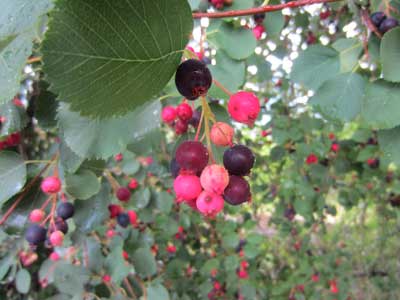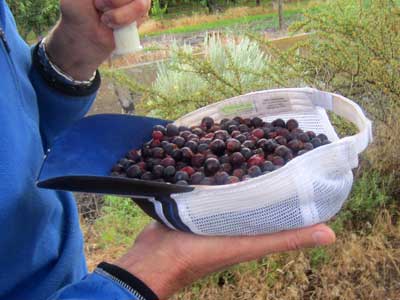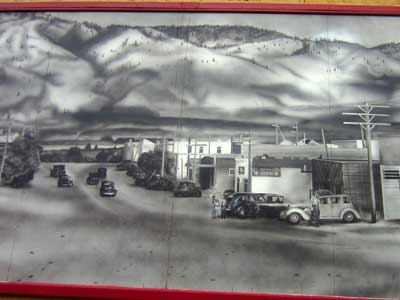CANADA (Day 8)
In the morning, I entertained myself stalking some of the local animals... including their cat, Fress-tout (which roughly translates to 'eats everything like a glutton').






A Tree Swallow... and her babies


Three baby Striped Skunks wandered and played in the back garden.

In spite of the rain, we ventured out to see a few local sites.


Spotted Lake (also written in its Okanagan name)... shows its spots.
Spotted Lake is highly concentrated with many different minerals, including some of the highest quantities of magnesium sulfate, calcium and sodium sulphates in the world. The 'spots' appear during summer as most of the water evaporates, leaving behind crystalized mineral deposits. These actually harden enough to form walkways. Depending on the mineral composition at the time, the spots will be different colors.
Okanagan is one of several languages in the Salish language family, originally spoken in the US Pacific Northwest (Washington, Oregon, Idaho and Montana) and here in British Columbia. Following British, American, and Canadian colonization during the 1800's and the subsequent repression of all Salishan languages, they are considered critically endangered, and in some cases even extinct. There are no fluent speaker under the age of 50.


Curling! We must be in Canada!... The US/Canadian border is just a small wire fence here.
We then took a short stroll along the canal. The Osoyoos Canal (or the South Okanagan Lands Irrigation District Canal) was built from 1918 - 1922. It was meant to provide employment for men returning home from World War I. The canal opened up the area for agriculture, allowing it to turn into the fruit capital of Canada.


Our real motivation, however, turned out to pick saskatoon berries. Saskatoon bushes can grow to the size of a small tree and require very little water. The delicious berries can be eaten straight or made into jams or pies.


Saskatoon berries

Ric fills his hat!
We wandered briefly downtown again until the rain drove us back home.

The town of Osoyoos gets its name comes from the word 'suius' meaning 'narrowing of the waters' in the Syilx'tsn (the local Okanagan language). The O- prefix was attached by settlers wanting to harmonize the name with other O-names in the area (Okanagan, Oliver, Omak, Oroville, etc).
Murals decorated some of the buildings.


Main Street circa 1946 ... The first train arrived here in 1944. The line was discontinued in 1978.

The Zucca melon industry had a short-lived history from 1938 - 1947.
Once home, we soaked in the hot tub, baked a pie with our fresh Saskatoon berries, and enjoyed the evening.


Apparently the cat transforms into a demon at night!
return • continue

